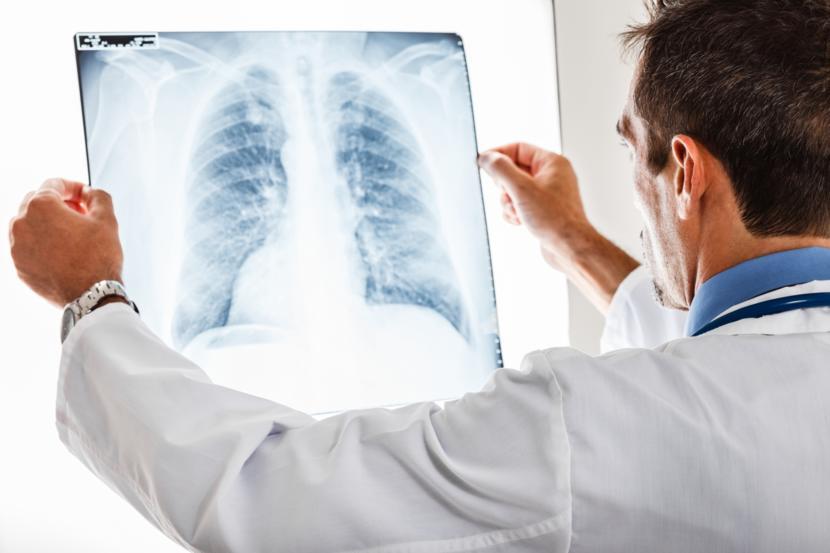All About Atypical Pneumonia: Its Causes, Symptoms, Diagnosis, and Treatment

Atypical Pneumonia: What is it?
Atypical pneumonia is an infection of the lungs caused by organisms other than the ones that usually cause pneumonia. The organisms responsible for atypical pneumonia include Legionella pneumophila, Mycoplasma pneumoniae, and Chlamydia Pneumoniae. Atypical pneumonia is milder than typical pneumonia.
What are the causes of atypical pneumonia?
Bacterial pneumonia is also a type of atypical pneumonia that is caused by Mycoplasma pneumoniae. It is more common in adults below the age of 40 years of age. Atypical pneumonia is also caused by Legionella pneumophila, which is more common among middle-aged people and those with a weakened immune system. Pneumonia caused by Legionella is also called as legionnaire’s disease.
What are the symptoms of atypical pneumonia?
Atypical pneumonia is often mild compared to pneumonia caused by typical organisms. The symptoms of atypical pneumonia include:
- Cough that produces sputum
- Fever with chills
- Headache
- Difficulty in breathing
- Generalized body weakness
- Muscle aches and pains
- Loss of appetite
Diarrhea, rashes, sore throat, and ear pain are less common symptoms that can appear with atypical pneumonia. Pneumonia caused by Mycoplasma and Chlamydia is mild, but pneumonia caused by Legionella can get worse during the first 4 to 6 days of the infection and eventually improves in about 4 to 5 days.
Diagnosing Atypical Pneumonia
You should seek medical consultation if your cold is worsening, causing fever with chills and a productive cough. Your doctor will first speak to you, ask for a complete history, and followed by a physical exam. During the physical examination, your doctor will examine your chest and listen to your lungs for a bubbling noise, which indicates that the infection has spread to the lungs.
After this, your doctor will order further investigations to confirm the diagnosis of pneumonia. The tests that will be used to diagnose pneumonia are:
- Chest X-ray
- A sputum culture to find the exact organism responsible for the pneumonia.
- Blood cultures to check if the organism has entered your blood stream.
- A full blood count to find out if it is a bacterial or viral infection.
- An antibiotic sensitivity test to find out the antibiotics that the organism is sensitive to.
Treating Atypical Pneumonia
- Antibiotics are the mainstay of treatment. Oral antibiotics are given for milder cases, whereas IV antibiotics will be given for severe cases.
- If you have a fever, it can be controlled with an antipyretic such as acetaminophen.
- Analgesics will be prescribed to reduce the pain.
- Drink plenty of water to loosen up the mucus so that it can be removed from your body.
- Rest well.
With the right medication, pneumonia can be completely cured. However, in cases of a Legionella pneumonia, the condition can be severe and sometimes fatal. This is especially true for patients with chronic diseases such as diabetes and heart diseases, or weakened immune system due to HIV/AIDS, or immunosuppressive drugs.











